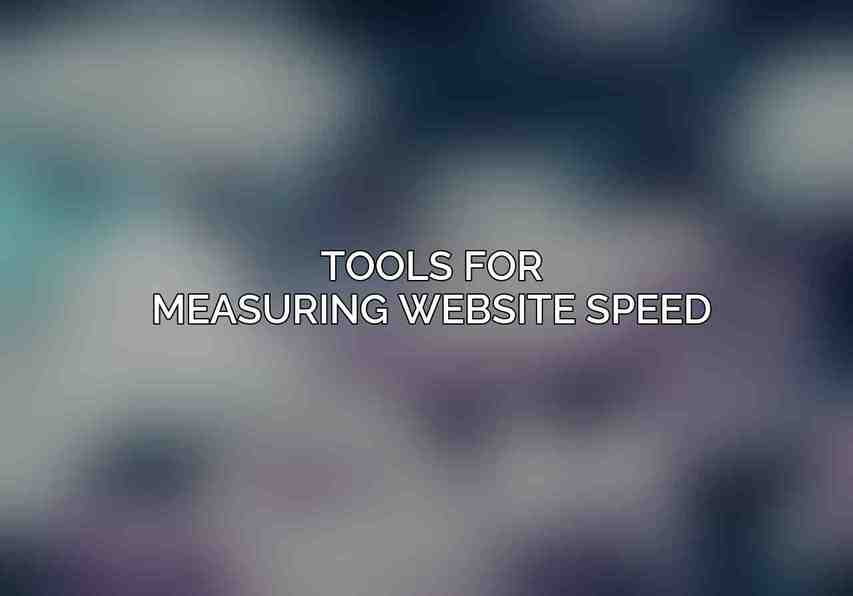Website speed plays a crucial role in attracting and retaining customers. slow-loading websites can have a detrimental impact on user experience, conversions, and ultimately, the success of an online store. By understanding the importance of speed optimization and implementing effective strategies, eCommerce businesses can stay ahead of the competition and maximize their potential for growth.
The Importance of Website Speed for eCommerce
The speed of a website holds immense significance, influencing various aspects of online business operations. Speed is not just a factor but a critical element shaping the success of an eCommerce platform.
Impact on User Experience

The user experience is a cornerstone of eCommerce success, and website speed is a pivotal component that contributes significantly to this experience. A fast-loading website can result in: Check this blog on Ultimate Guide to Mobile eCommerce Optimization
- Reduced bounce rates, as visitors are more likely to stay on a site that loads quickly.
- Increased page views, as users can navigate easily and explore more products or services.
- Improved customer satisfaction, leading to higher engagement and loyalty.
As Google emphasizes, a seamless and swift user experience can positively impact a website’s performance and customer retention.
Impact on Conversions
Website speed directly correlates with conversion rates in eCommerce. A website that loads quickly can lead to:
- Higher conversion rates, as users are more inclined to complete a purchase transaction.
- Increased sales revenue, stemming from improved user experience and smooth navigation.
- Improved return on investment (ROI), with faster websites yielding better results with the same level of investment.
In a competitive eCommerce world, every second counts, and optimizing site speed can be the differentiating factor between a successful transaction and a lost opportunity.
Identifying Website Speed Issues
Before diving into optimization strategies, it’s essential to identify the factors hindering website speed. Various tools and common issues can shed light on areas that require improvement.
Tools for Measuring Website Speed

To gauge the speed performance of a website, several tools are available, including:
- Google PageSpeed Insights: A tool by Google that provides insights and recommendations to enhance website speed.
- GTmetrix: Offers detailed reports on website performance, highlighting areas for improvement.
- Pingdom Website Speed Test: Helps analyze the load time of a website and offers suggestions for optimization.
These tools can pinpoint speed-related issues and guide eCommerce businesses on the path to optimization.
Common Speed-Related Issues
Several common issues can impede website speed, including: Read more about this on 2024’s Hottest eCommerce Design Trends
- Large image files that slow down loading times.
- Unoptimized code, such as bulky CSS and JavaScript files.
- Excessive plugins and scripts that overload the website’s resources.
By addressing these issues, eCommerce platforms can significantly enhance their speed performance and overall user experience.
Stay tuned for advanced optimization tips and techniques in the next sections of this comprehensive guide to speed optimization for eCommerce success.
Frequently Asked Questions
What are some key speed optimization techniques for eCommerce websites?
Some key speed optimization techniques for eCommerce websites include optimizing images, using a content delivery network (CDN), minimizing HTTP requests, leveraging browser caching, and compressing files.
How important is website speed for eCommerce success?
Website speed is crucial for eCommerce success as it directly impacts user experience, conversion rates, and search engine rankings. Faster websites lead to higher customer satisfaction and increased sales. Find more on How Color Psychology Boosts eCommerce Sales
What tools can I use to analyze and improve my website speed?
There are various tools available to analyze and improve website speed such as Google PageSpeed Insights, GTmetrix, Pingdom, WebPageTest, and Lighthouse. These tools can help identify performance bottlenecks and provide suggestions for optimization.
Is mobile speed optimization equally important for eCommerce websites?
Yes, mobile speed optimization is equally important for eCommerce websites considering the increasing number of users accessing websites on mobile devices. Mobile-friendly sites with fast loading times are more likely to convert visitors into customers.
How often should I monitor and optimize my website speed for eCommerce success?
It is recommended to regularly monitor and optimize your website speed for eCommerce success. Conducting periodic speed tests and making necessary improvements will ensure that your site continues to deliver a fast and efficient user experience.

